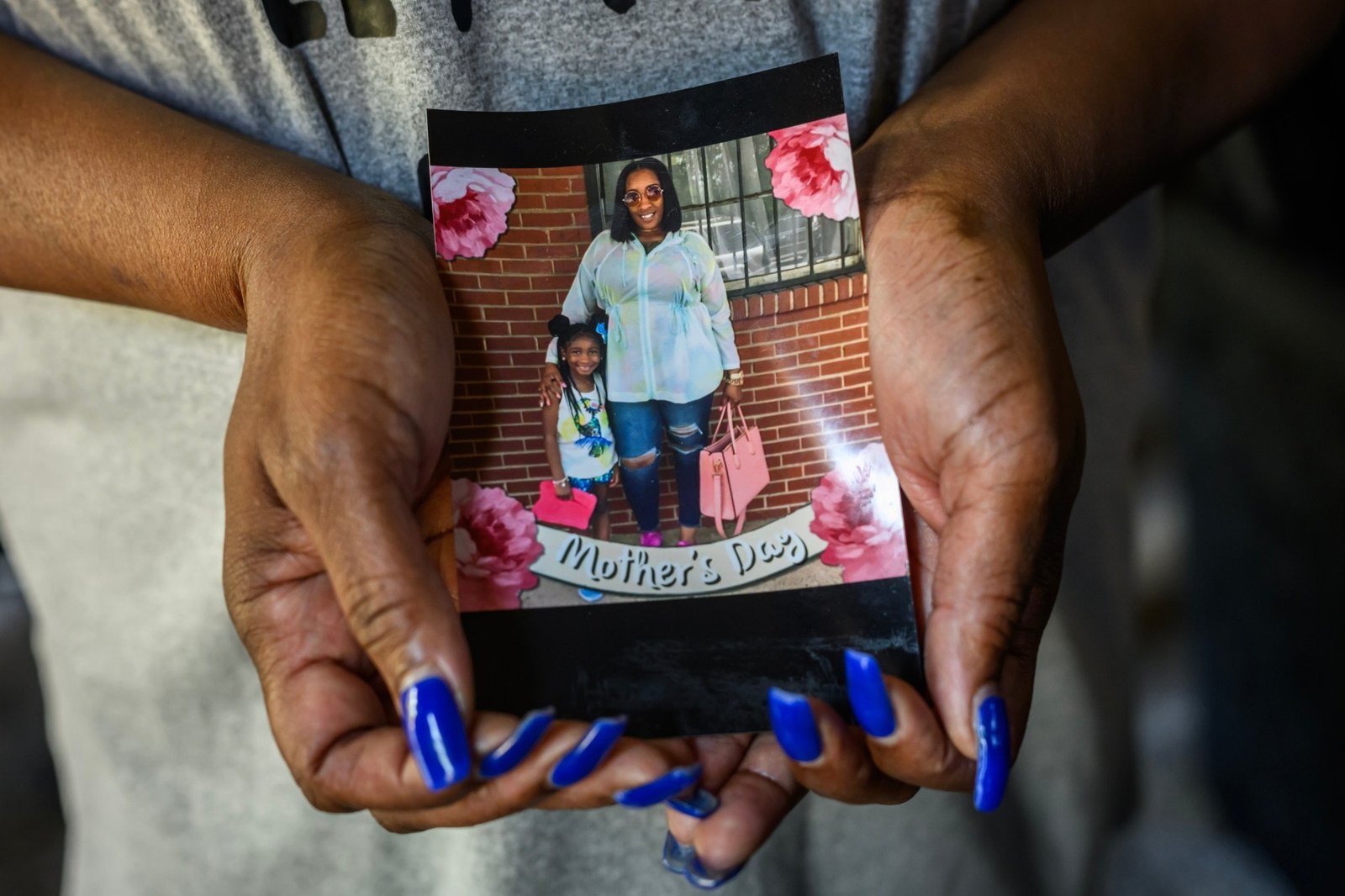Now Reading: Tennessee probation system endangers domestic violence victims
-
01
Tennessee probation system endangers domestic violence victims
Tennessee probation system endangers domestic violence victims

Article Summary
Summary of Reporting Highlights on Domestic Violence Homicides in Tennessee
Gun Access and Supervision Gaps
In Tennessee’s five largest cities, about 25% of domestic violence homicide victims were allegedly killed by individuals legally barred from possessing firearms. This alarming statistic highlights systemic failures in monitoring and controlling high-risk offenders within the state’s probation system. Many offenders, including those like Brandon Horton, who was involved in the tragic death of 30-year-old Temptress Peebles, exist in a precarious limbo where gaps in supervision and law enforcement inaction leave victims vulnerable. While on probation, Horton had a known history of violence against Peebles, including threats and previous physical assaults. Despite her repeated pleas for help, he remained free and armed due to procedural delays and a lack of proactive measures from the probation system.
Probation System’s Inefficacy
When probationers like Horton violate conditions of their probation or face new charges, there is a troubling suspension in active supervision practices. Probation officers cease in-person visits during the interval between a violation being noted and an arrest warrant being served, leaving a dangerous gap. In the case of Horton, this oversight lasted for several months, during which time he was free to continue threatening Peebles. Experts indicate this practice must change to better safeguard vulnerable victims, especially since domestic violence situations are inherently dangerous during attempts to separate from an abuser.
The Impact of Systemic Failures
The reporting by WPLN and ProPublica revealed a pattern wherein multiple offenders on probation—many classified as high-risk—were found to have committed further acts of violence after being allowed to remain in the community. The study found that from 2007 to 2023, a significant number of fatal domestic shootings involved suspects on probation despite being prohibited from possessing firearms. These challenges are compounded by a judicial system that often returns offenders to probation rather than imposing stricter consequences after violations.
Victims’ Voices and Experiences
Peebles and her family expressed frustration over the inefficacies of the system that left her unprotected. Despite her documented fears of Horton and support from family, the legal protections and interventions fell short, resulting in her tragic death. The emotional toll on Peebles’ family and her daughter, Khloe, freshly illustrates how systemic failures ripple beyond a single life lost. Survivors of domestic violence, particularly those in Tennessee, often find the systems in place inadequate for their protection, indicating a dire need for policy reform.
Call for Systemic Change
The reporting calls for an intensive review of how domestic violence cases are handled within the probation system, emphasizing the urgency for better training for officers, specialized domestic violence teams, and a re-evaluation of policies to close the significant gaps in supervision. Current practices not only endanger victims but also perpetuate the cycle of violence among offenders who repeatedly evade substantial repercussions for their actions. In light of these findings, advocates are pushing for a comprehensive overhaul to prevent further tragedies like that of Temptress Peebles and to ensure that future generations feel secure in their homes.
This synopsis encapsulates the systemic failures highlighted in the reporting, which calls for urgent reform to prevent further domestic violence tragedies.












